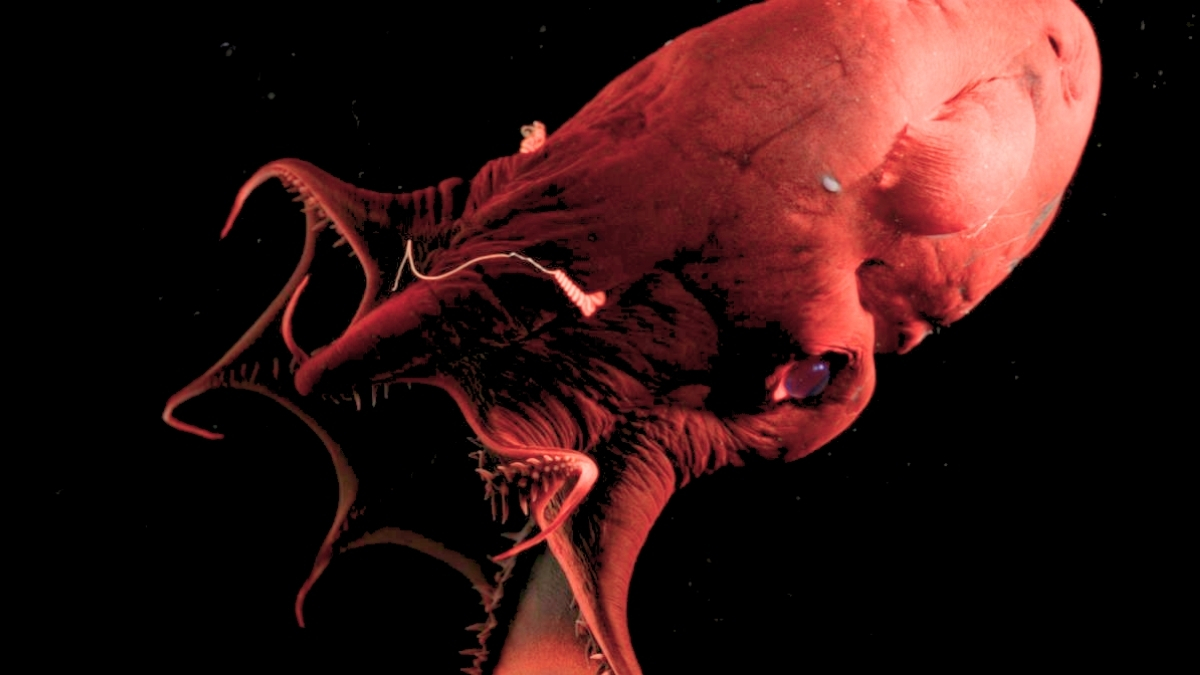The elusive ‘vampire squid from hell’ has just yielded the largest cephalopod genome ever sequenced, a monster clocking in at more than 11 billion base pairs – more than twice as large as the biggest squid genomes.
Hidden in its mix of A, T,…

The elusive ‘vampire squid from hell’ has just yielded the largest cephalopod genome ever sequenced, a monster clocking in at more than 11 billion base pairs – more than twice as large as the biggest squid genomes.
Hidden in its mix of A, T,…